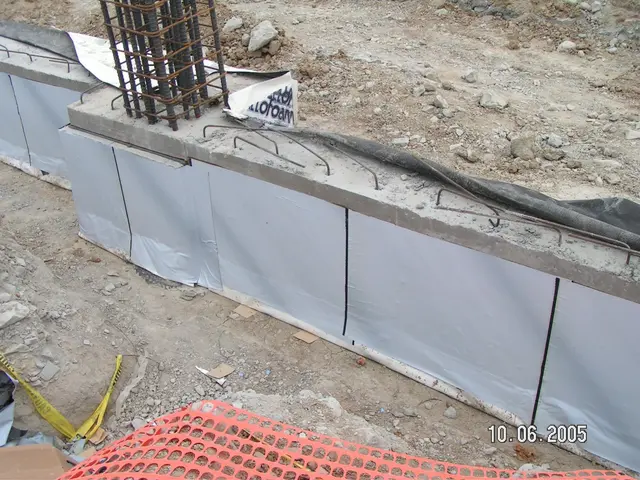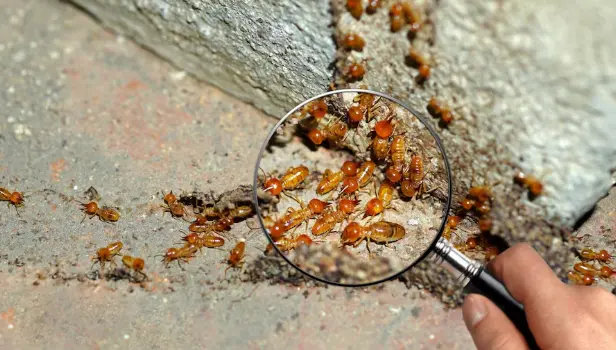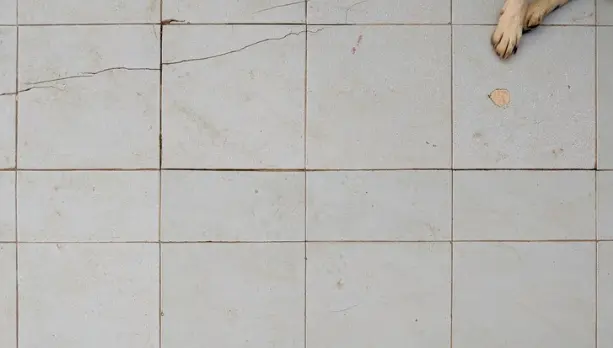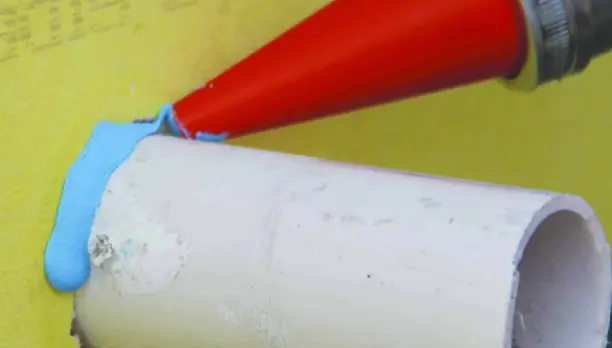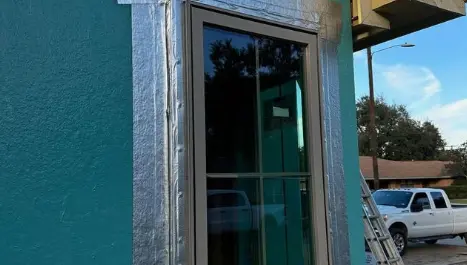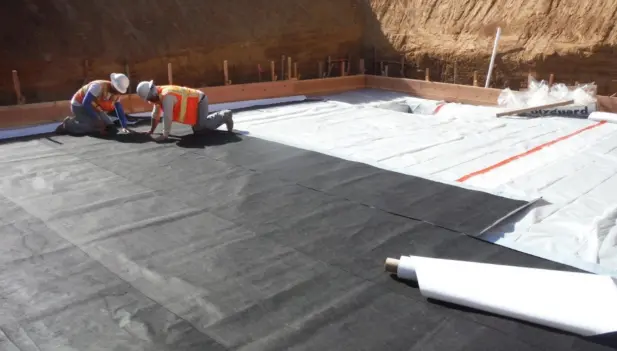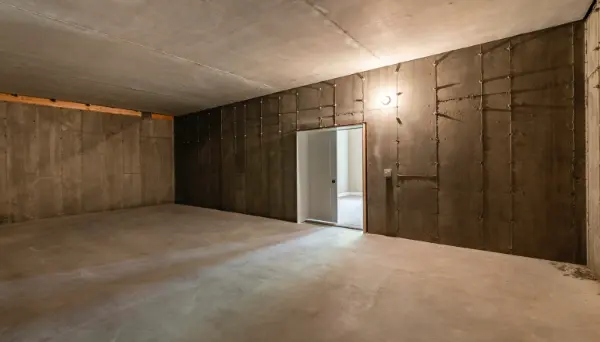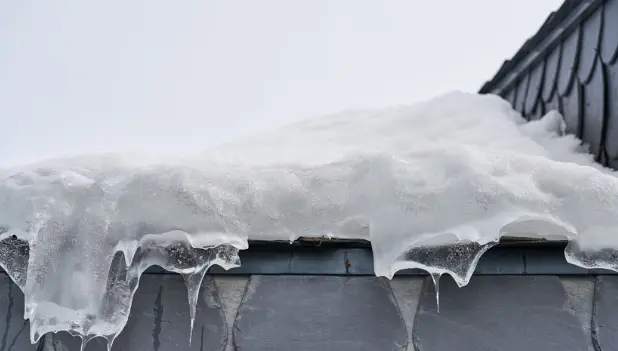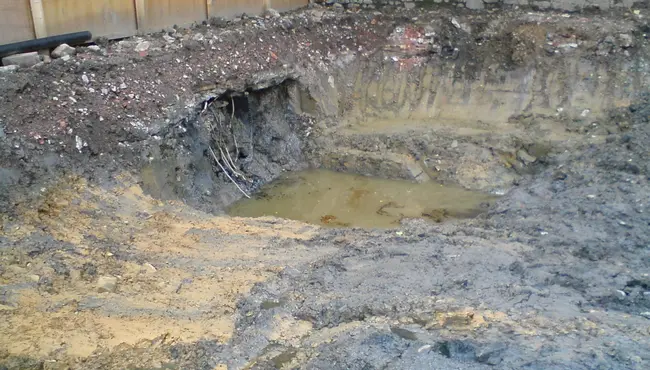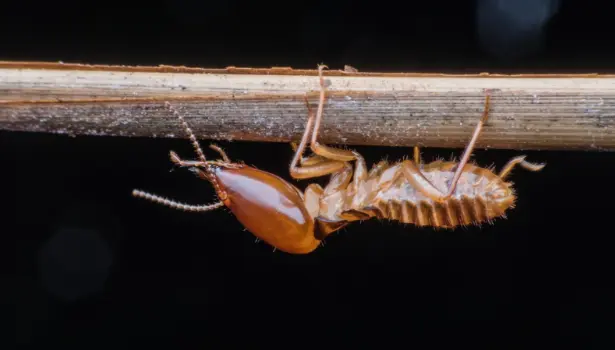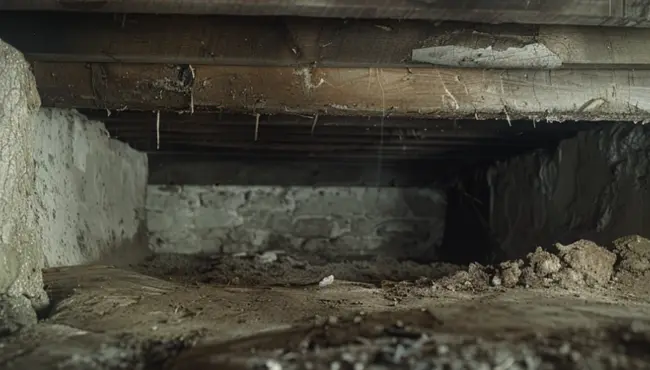Microscopic levels of damage can occur in residential water-resistant air barrier membranes during application, and over time, due to wear and tear and environmental elements.
Tiny cracks can lead to significant thermal bridging and eventual material failure. In addition, homeowners rarely detect these cracks in time to intervene and repair them before more severe damage occurs.
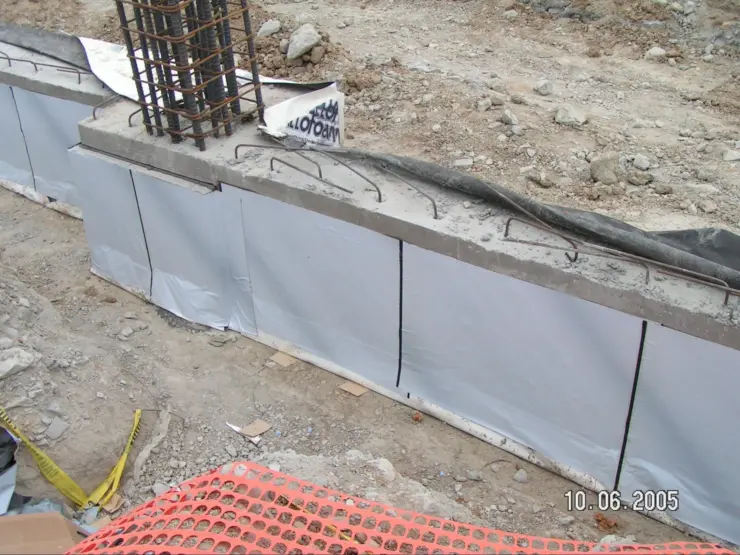
Self-healing home cell membranes, like the Polyguard 400 Self-Healing Air and Moisture Barrier Membrane, will save homeowners money by improving the home's energy efficiency, lessening maintenance and repairs, and protecting the house's long-term integrity. In addition, self-healing membranes, including membrane roofing that is self-healing, can improve a home's indoor environmental quality and contribute towards a sustainable house.
What Are Self-Healing Home Cell Membranes?
Self-healing residential weather-resistant barriers intrinsically repair microscopic cracks and remain air and water-tight at fastener penetrations for the house's lifespan. The American Society of Testing and Materials (ASTM) does not explicitly measure or define self-healing properties. However, general descriptions of self-healing might include the following statements:
The structural design of innovative, self-healing membranes innately repairs damage due to imperfections and vacant fastener holes.
Self-healing properties repair microdamage, to restore the product to its original structural state, without any external (human) diagnosis of the problem or intervention, for the structure's lifetime.
How Elastomer Polymer Materials Self Heal
Self-healing elastomers polymers prolong the membranes' service life because they will retain their original mechanical function, shape, and size during and after installation.
Elastomer polymer self-healing materials intrinsically respond to an external stimulus (temperature change, light, etc.) to initiate healing, following a three-step process:
Upon sustaining damage, a triggering response happens within the self-healing material.
Next, and almost instantly, the process transports materials to the affected areas.
Then, the chemical repair process begins.
For example, a temperature trigger initiates the redispersion of thermoplastic additives into cracks, to promote mechanical interlocking.
Polyguard 400 Self-Healing Air and Moisture Barrier Membrane
Polyguard 400 Self-Healing Air and Moisture Barrier Membrane offers superior air and vapor diffusion resistance when applied to a structural substrate.
The self-healing, self-adhering, 40 mil Polyguard 400 Air and Moisture Barrier Membrane is a laminated membrane for moisture and air barrier applications.
It consists of a rubberized asphalt waterproofing element bonded to a robust cross-laminated polyethylene film surface.
Polyguard offers 400 Sel-Healing Moisture and Air Barriers in 12", 16", 18", 24", and 48" widths for a wide variety of conditions, including residential construction.
Benefits of the 400 Self-Healing Air and Moisture Barrier Membrane
Polyguard 400 Self-Healing Air and Moisture Barrier Membrane provides numerous benefits over other moisture and air barrier systems:
SELF-HEALING - The cold flow properties of Polyguard’s rubberized asphalt adhesive used in the air and moisture barrier help to self-heal a punctured membrane.
SELF-SEALING - The rubberized asphalt properties allow for self-sealing seams at temperatures above 40 F.
POLYGUARD END DAMS AND CORNERS - A low-cost alternative to costly fabricated metal end dams and corner systems.
STRETCHABLE - 400 Air and Moisture Barriers can accommodate a high degree of masonry movement.
STRONG and FLEXIBLE - Polyguard air and moisture barriers allow field fabrication to meet job site conditions without cracking, compared to metal systems. Its high puncture resistance protects against abuse by other trades during and after installation.
FULLY ADHERED - The rubberized asphalt membrane adheres to the surface to eliminate membrane tears and blow-off before exterior wall installation.
COST EFFECTIVE - Polyguard air and moisture barriers eliminate the need for a reglet flashing. Top terminations should be made with a termination bar or mechanically fastened and sealed with a trowelled bead of Polyguard 650 Mastic. Polyguard 650 Mastic protects the termination edges, patches, overlaps, and other detailing areas.
PERMANENT - Used in many corrosive concrete waterproofing applications in high alkali conditions. The products used to manufacture Polyguard air and moisture barriers must remain effective against moisture for over 25 years. Once installed and protected from ultraviolet light, the membrane will not rot or decay from mildew, mold, or plasticizer migration, like metal or PVC materials.
How to Apply the Polyguard 400 Self-Healing Air and Moisture Barrier Membrane
Simple and quick-to-apply Polyguard 400 Self-Healing Air and Moisture Barrier Membrane requires only a few simple tools: brush or roller, knife or scissors, and a hand roller.
Notes:
Do not thin liquid adhesive.
Only apply Polyguard 650 LT liquid adhesive and 400 Air and Moisture Barrier to dry surfaces above 25° F.
Do not expose Polyguard 400 Self-Healing Air and Moisture Barrier Membrane to more than 30 days of sunlight.
Never put the 650 Mastic under the 400 Self-Healing Air and Moisture Barrier Membrane.
SURFACE PREPARATION: Clean all surfaces of dust, dirt, and foreign matter. Remove any sharp projections that can puncture the membrane.
PRIMING: With a brush or roller, apply 650 LT liquid adhesive (required on all applications) to a dry surface at an average rate of 250-300 S.F./ gallon.
APPLYING MEMBRANE: Apply the Polyguard 400 Air and Moisture Barrier once the 650 Liquid Adhesive becomes tacky:
Pre-cut into easy-to-handle pieces of the 400 air and moisture barrier.
Peel off the silicone-coated release sheet and pressure apply the membrane to the substrate.
Use a hand roller or blunt end object to ensure adherence of the 400 air and moisture barrier to the corners and angles.
Extend the vertical termination on the backup system by 8-inches, sealing with Polyguard 650 Mastic on the installation day. Polyguard also recommends a termination bar.
Starting at the wall's base, install the 400 air and moisture barrier horizontally to primed block work between projecting masonry reinforcing.
Install each layer so that the top edge of the membrane runs continuously along the underside of the line of masonry reinforcing.
The barrier membrane requires a minimum of 2-inch overlaps that run parallel to the water flow direction.
Cut the membrane at the tie wires protruding from the wall to ensure the membrane lies in place.
DETAILS and PROTRUSIONS: Using 650 Mastic, seal any cuts or edges in the membrane due to tie wires, pipes, and other protrusions with 650 Mastic.
Polyguard Residential Self-Healing Membrane
The Polyguard 400 Air and Moisture Barrier's self-healing properties will protect the membrane against damage during installation due to stretching and puncturing. In addition, the self-healing cell membranes resist long-term degradation by initiating a repair mechanism that combats microdamage. As a result, self-healing air and moisture barriers protect a home's integrity and indoor environmental quality. They also save a homeowner money through lower energy, maintenance, and repair bills.
Polyguard experts are here to answer all your questions on how self-healing home cell membranes work!
